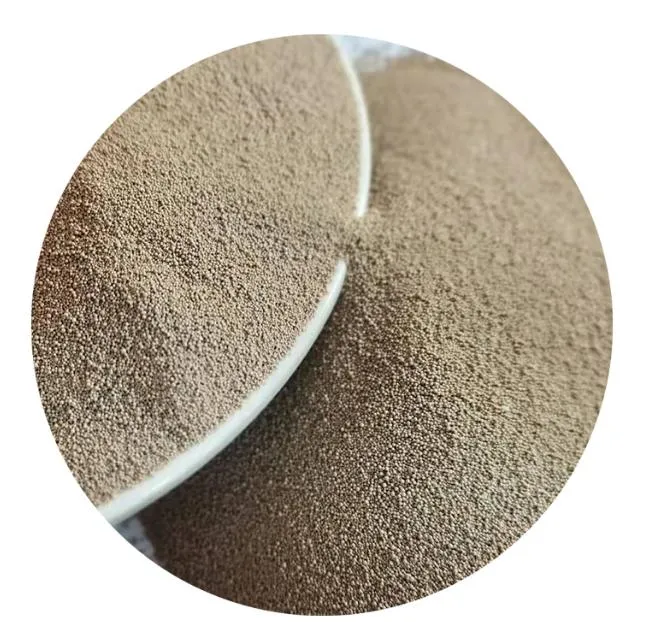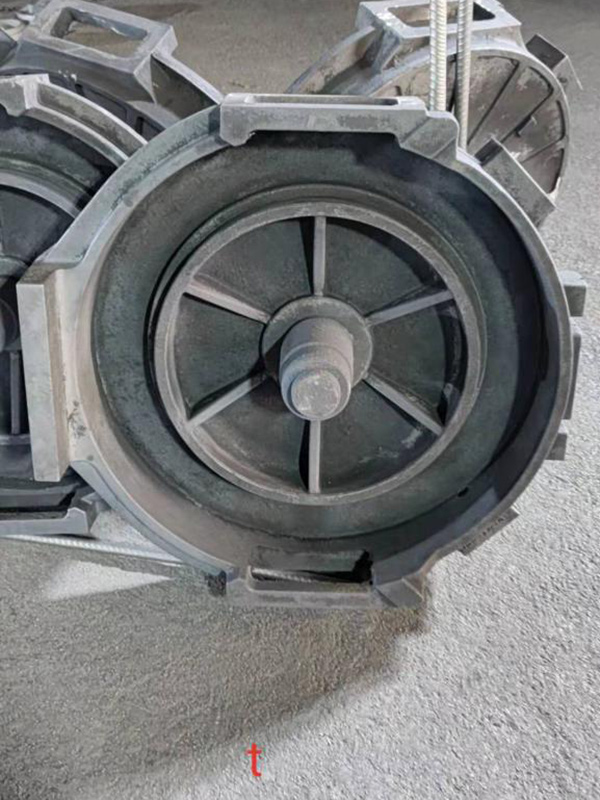

In terms of construction applications, ceramic sand is paving new ways in the production of high-performance concrete. Its inclusion in concrete mixtures enhances mechanical properties, like compressive strength and durability, ensuring structures that are robust and long-lasting. Architects and engineers increasingly trust ceramic sand for complex projects where reliability and strength are paramount. It’s also worth noting that the global supply chain for ceramic sand has matured considerably over recent years. Manufacturers are investing in cutting-edge production facilities and stringent quality control processes. This ensures a consistent supply of high-grade ceramic sand, capable of meeting the rigorous demands of modern industrial applications. As a professional who collaborates closely with manufacturers around the world, I can confidently affirm that this has further solidified the position of ceramic sand as a reliable material in the market. In conclusion, ceramic sand is not just a trend but a testament to innovation in material science. Its comprehensive advantages—from unparalleled thermal stability and exceptional engineering properties to its environmental benefits—demonstrate why it is regarded as a cornerstone in contemporary industrial applications. As industries continue to evolve, ceramic sand stands out as a material that harmoniously blends expertise, authoritativeness, and trustworthiness, making it a preferred choice for sustainable progress. Post time:જાન્યુઆરી . 09, 2025 12:09
Next:ceramic sanding
